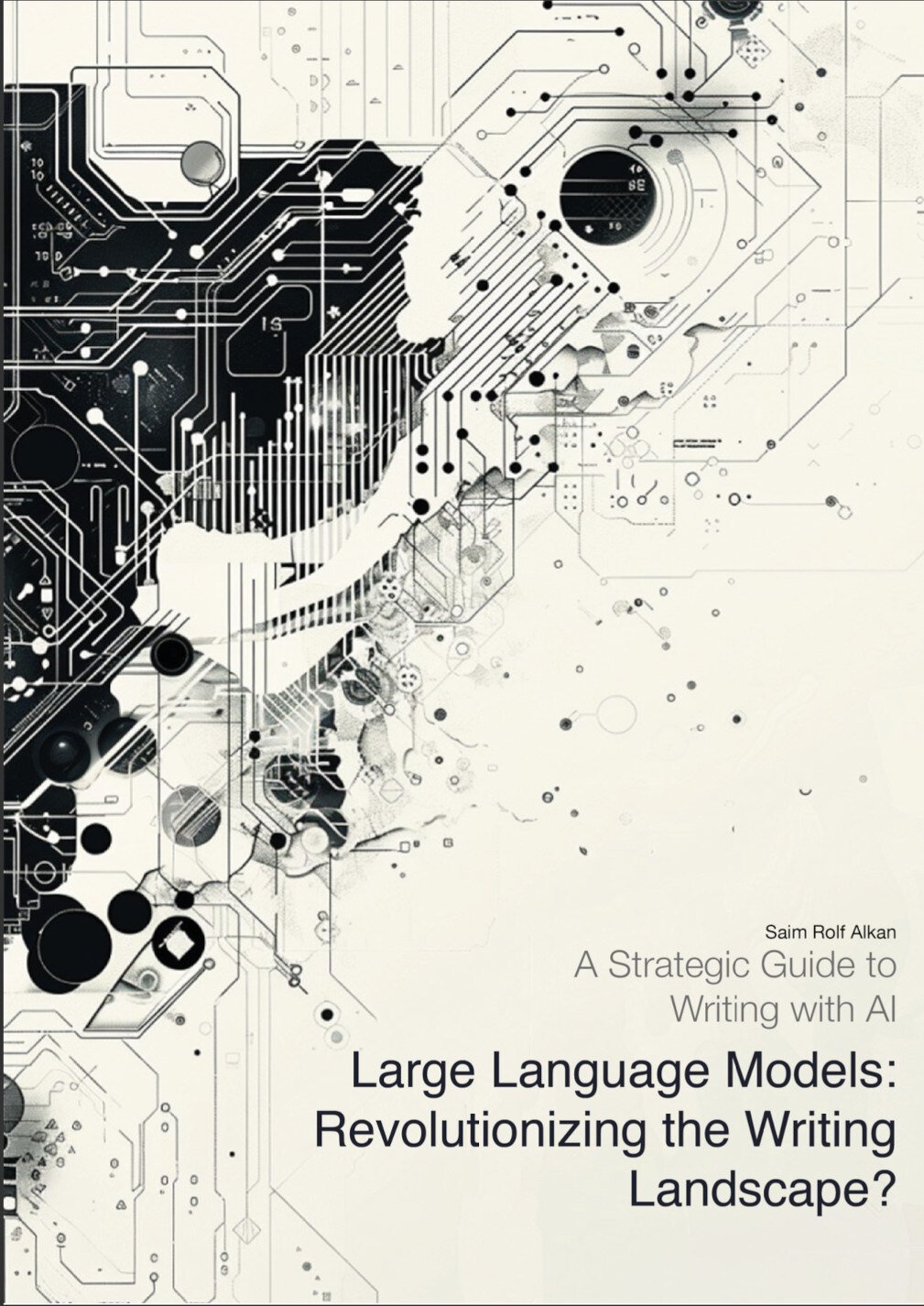Large Language Models:
Revolutionizing the Writing Landscape

About the Whitepaper
How do we write with new language technologies?
In this guide, you won't find examples of the "ideal prompt." Instead, Saim Alkan focuses on the basics of professional writing with the new large language models. He uses his 20+ years of experience in advising content teams to explain how writing is changing with the use of large language models and what we can expect from them. He also looks at how to combine the two new language technologies of the day, GPT&Co and data-to-text.
What you can expect:
- Better understanding and evaluation of large language models: With a basic understanding of how they work, you can better categorize and evaluate the large number of articles on GPT & Co.
- Realistic resource estimation: You will be able to better estimate the amount of resources you will need for the implementation of language models, because you will have a more realistic idea of their capabilities.
- Streamline the content creation process: During implementation, you will know where in the content creation process to apply new language technologies to make content creation faster and better.
- Efficiently create large volumes of text: You can save time and resources when creating large volumes of text by learning a new way to leverage the strengths of two new language technologies.
- Build the content team: Get ideas on how to build your content team to successfully use the new language technologies.
First Look into the Whitepaper
Introduction
Prerequisites: This is the world of LLMs and writing
1. LLMs are (pre)trained to predict the next word in a sequence
2. LLMs are later fine-tuned by humans to learn what they are expected to do
What are the benefits of using LLMs for writing?
When planning the text for inspiration or research
In the writing phase
To improve and revise a text
What are the drawbacks?
5 things you need to know to adjust your expectations
Data-to-text and LLMs: Different approaches to scaling
LLMs as writing assistants and prompt Engineering
Using LLMs for generating large numbers of product descriptions
Differences between generating texts with LLMs or based on a Data-to-Textsystem
The best of both worlds: Combining LLMs and data-to-text systems
Side-by-side use of external LLMs and data-to-text solutions
Integrated solutions - examples for generating product descriptions with the AX NLG Cloud
Outlook (with an eye on the content team)